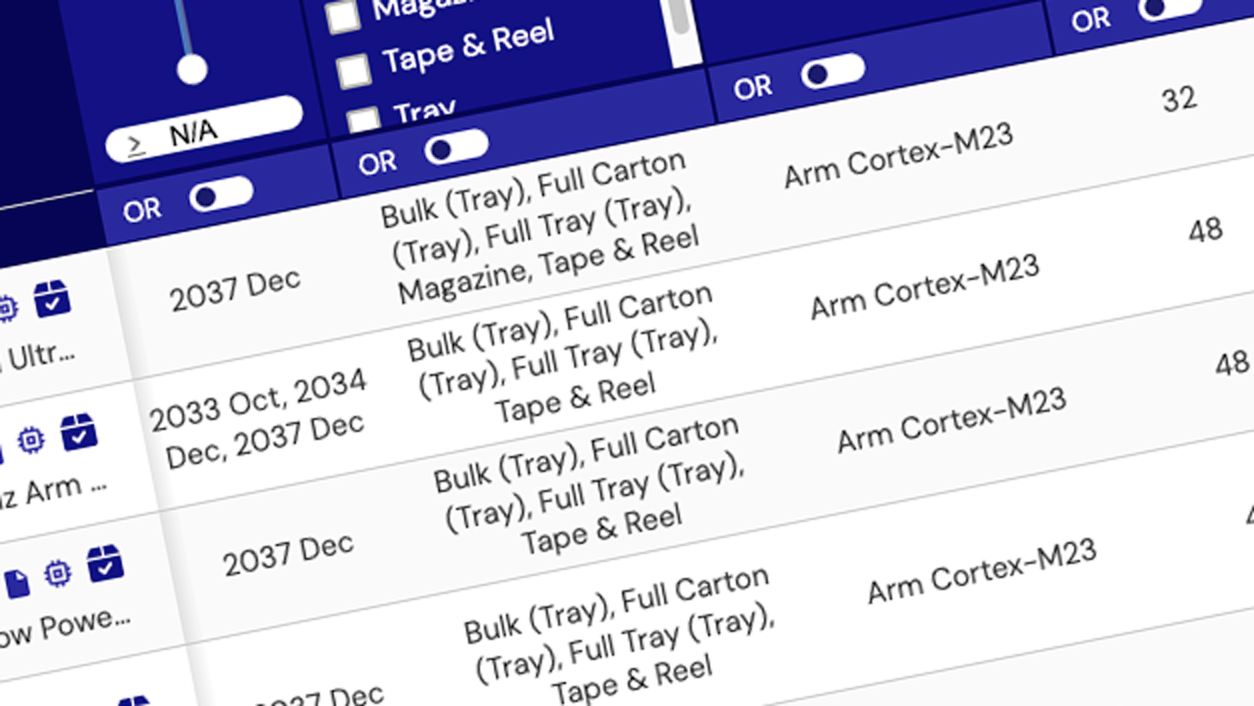Hi-Rel protection switches are designed to support Space VPX power architectures, enabling redundant power distribution and fault-tolerant power supply selection. With a soft start, reverse current protection, and digital control, these switches ensure seamless power management while preventing unintended backflow of current. Integrated input and output protection helps prevent single-point failures, allowing isolation of a malfunctioning power rail without disrupting other system loads and enhancing overall system reliability in mission-critical space applications.
Renesas offers products across many screening flows: QML-V, QML-V Equivalent, QML-P, QML-P Equivalent, and RT Plastic. Refer to the product datasheet to determine which flows are applicable.
Seamless Power Control
Enables redundant power distribution and fault-tolerant power supply selection, ensuring stable system operation.
Enhanced System Protection
Provides intelligent power management features, including fault isolation, system monitoring, and controlled power switching, to enhance reliability and resilience in Space VPX architectures.
Designed for Space
Engineered from the ground up for space applications, these protection switches mitigate SEE and TID effects, ensuring mission-critical reliability without additional design overhead.
